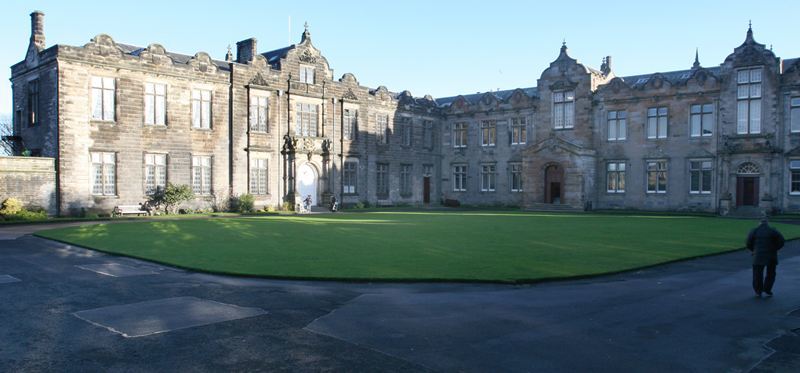The number of English applicants to Scottish universities has fallen sharply but figures released by UCAS, the central application and clearing service, show that overall demand for higher education in Scotland is holding up.
To date, the number of applicants for places at Scottish institutions next term totals just over 96,000, an increase of 1.4% at the same point last year.
However, there has been a 15% drop in would-be students from England, down from more than 30,000 last year to just under 26,000 now.
There has also been a fall in applicants from Wales, although numbers from Northern Ireland are up.
The Scottish Government warned in December that it was considering a significant increase to the fees it charges students from other parts of the UK.
Ministers indicated that the present rate of £1890 per year to cover tuition costs could rise to at least £4500 and possibly much more. Scottish students and those from other EU countries do not pay for tuition.
The UCAS figures show the number of Scots seeking places at Scottish universities is up more than 6% compared to last year, at almost 39,000. There has also been a 20% increase in applicants from the EU to almost 16,000.
Scottish universities have complained that they face a funding gap compared to their counterparts in England, where tuition fees are being allowed to treble to £9000 per year.
If the decline in English applicants continues, it may mean that Scottish institutions will find it more difficult to bolster their incomes by charging people higher fees.
However, the Scottish Government pointed out that many students did not apply through UCAS. A spokesman said, “The final, and more complete, picture will not be known for some time yet. We will be working closely with the Scottish Funding Council, UCAS and the sector to monitor demand.”
The total number of applicants to UK universities to date is 583,000, up 5% on the same point last year.
